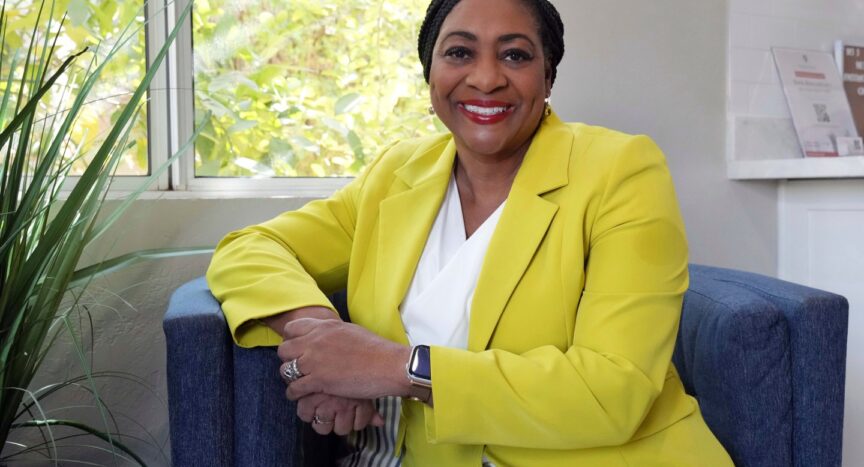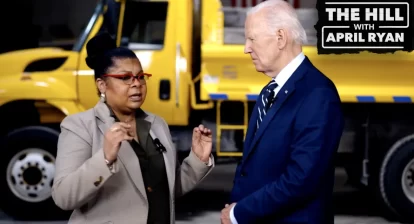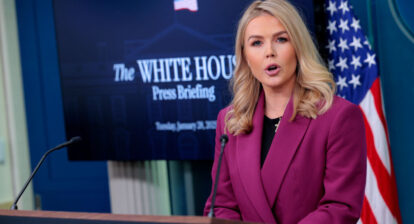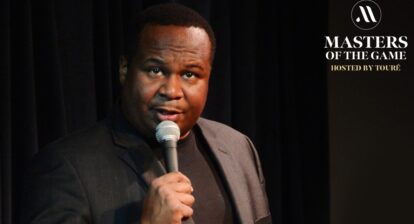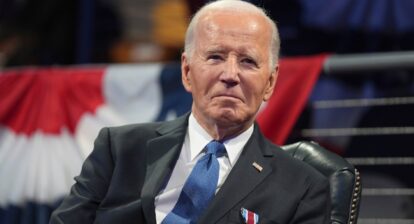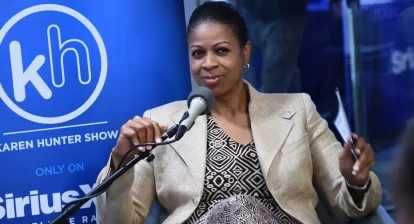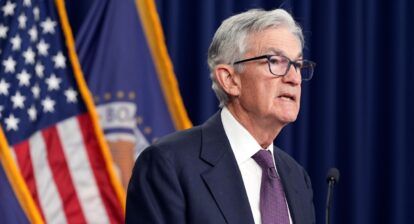Racial healing: One CEO’s journey to finding a path forward.
La June Montgomery Tabron believes many Americans have a desire for racial healing. They just don’t know how to start.
“It may sound mysterious or challenging,” said Montgomery Tabron, the W.K. Kellogg Foundation’s first woman and first Black CEO. “But it’s actually quite simple.”
It starts, she says, with a conversation — with the sharing of stories between people of different backgrounds so they can better understand each other. So when Montgomery Tabron set out to explain the foundation’s “Truth, Racial Healing & Transformation” work and its creation of the annual National Day of Racial Healing, set for Jan. 21 this year, she realized she should do it by sharing her own story.
That’s what she does in a pair of books released earlier this month —“How We Heal: A Journey Toward Truth, Racial Healing and Community Transformation from the Inside Out,” a memoir tracing the steps from her Detroit childhood to leading one of philanthropy’s most prestigious foundations, and “Our Differences Make Us Stronger,” a children’s book about connecting with others outside our comfort zones.
“I wanted to use the methodology of healing that we use, which is through storytelling,” she said. “I think people relate through stories. And this became a book of very interconnected stories.”
The Associated Press recently spoke with Montgomery Tabron about her books and the Kellogg Foundation’s racial healing work. The interview was edited for clarity and length.
You write about how racial healing work in Buffalo, New York, before the racist mass shooting at a supermarket there in 2022 kept the aftermath from getting worse.
Yes. There were several places across our portfolio where we had the same reaction: Had it not been for the healing work, a situation could have escalated, particularly in Buffalo. Not only was that work about connecting people, it also was about affirming everyone as part of the process, affirming everyone’s value. They felt it was a moment to show up in a very different way that honors healing. It was about the grounding in their humanity and using those principles of trust and mutual respect and shared understanding as a way to express their own grief and healing in that moment.
How does it feel for you to have your story out in the world now?
It was a process. In many ways, it was cathartic because my own healing journey happened also during the writing of the book. I touched on moments in my life that I had not totally processed or really fully healed from. There’s nothing like going through the healing journey that you’re writing about. I think it brings a level of authenticity to the writing itself.
Your children’s book about feeling like you didn’t fit in – that had to be a tough memory to share.
It was, but that made it even more important for me to do so. I wish I had such a book at that stage of my life, so I’m telling the story. But more importantly, I’m sharing the power of healing with a very young audience that I believe will help them navigate the nation and the world.
You’re giving them a way to take control of a situation that may make them feel helpless.
Teaching young people how to communicate across differences and showing them that it can result in strong relationships and shared understanding is the beginning of the work. It’s work that, for those who practice, can lead to making connections and building strong and trusting relationships. I hope we also find that we (adults) can do it as well. It’s not too late to have these conversations, and, particularly in this moment, is imperative that we have them.
Considering how corporations and other organizations are pulling back on diversity, equity and inclusion initiatives, do you think that the climate is still right for this kind of work to be done?
I think it is calling for this more than ever. When I think about the attacks on DEI, I attribute the attacks to a lack of understanding, a lack of shared purpose and an empathy gap. And what the book speaks about is exactly how those types of disagreements need to be reconciled and can be reconciled through a healing process and healing conversation. I believe that through dialogue we can come closer to understanding why there would be such an attack and have a conversation about whether there is shared faith underneath that would align us and take us to a different place, where you resolve the issue. So I look at that particular issue and say it needs a healing framework just as much as many of the most important conversations we’re having in this nation right now.
How do you hope people commemorate this year’s National Racial Healing Day?
What we’ve always hoped is for people to take action. And we hope that both books can be used as tools to show what action looks like. We want people to begin to not only hear and understand my story but see their story in the book and understand that part of this process is telling your story and having comfort in telling your truth, regardless of whether it may or may not align with someone else’s story. We then want them to take collective action. What can we do together within our family, within our community, within our organization, across our friend groups? What can we do to help others and join in to help others see through conversation and dialogue that there are other pathways that maybe they haven’t envisioned themselves?
_____
Associated Press coverage of philanthropy and nonprofits receives support through the AP’s collaboration with The Conversation US, with funding from Lilly Endowment Inc. The AP is solely responsible for this content. For all of AP’s philanthropy coverage, visit https://apnews.com/hub/philanthropy.
All contents © copyright 2025 Associated Press. All rights reserved
!function(){var g=window;g.googletag=g.googletag||{},g.googletag.cmd=g.googletag.cmd||[],g.googletag.cmd.push(function(){g.googletag.pubads().setTargeting(“has-featured-video”,”true”)})}();
More must-reads:

